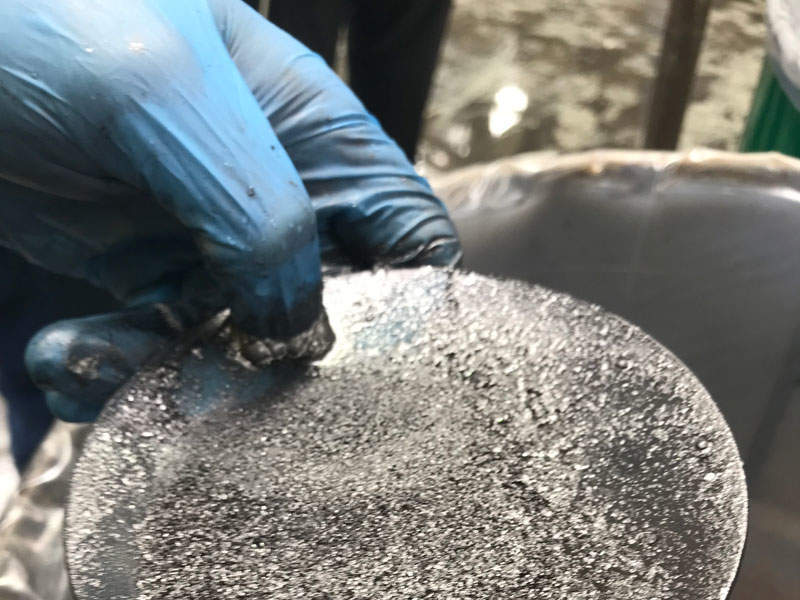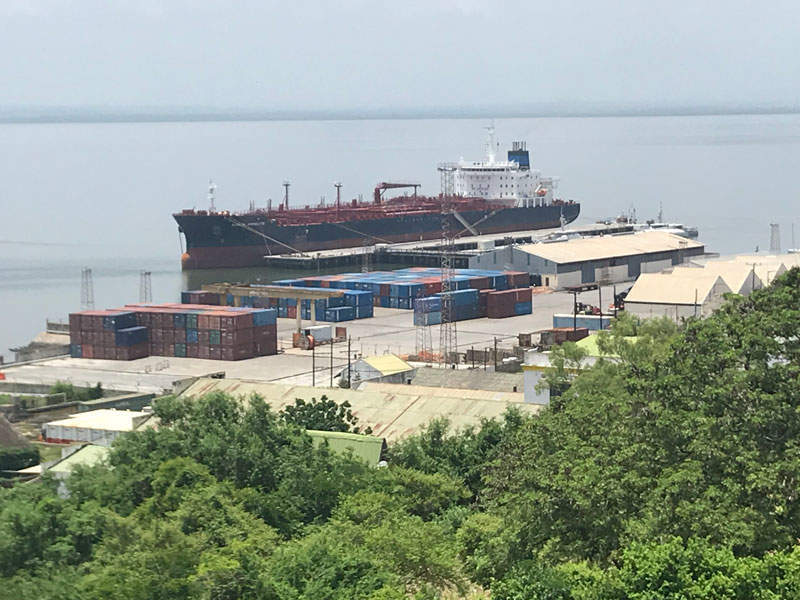Ancuabe graphite project is located in the Cabo Delgado province of northern Mozambique. The project is situated within Exploration Licence 5336, which is held by the Mozambican company Grafex Limitada (Grafex).
Triton United, a wholly-owned subsidiary of Triton Minerals, holds 80% interest in Grafex Limitada.
The definitive feasibility study (DFS) of the Ancuabe mine was completed in December 2017. The Ministry of Lands, Environment and Rural Development of Mozambique approved the scoping study in January 2018.
Mining concession for the project was granted by the Mozambique Government in May 2019.
Construction of the Ancuabe project is expected to be started in the second half of 2019 with production scheduled to be started by mid-2020.
The graphite mine is forecast to produce approximately 60,000 tonnes per annum (tpa) in concentrate form for approximately 27 years.
Ancuabe graphite project geology and mineralisation
The Ancuabe graphite mine is located in north-eastern Mozambique, which hosts proterzoic rocks that form a number of gneiss complexes that range from Palaeo to Neoproterozoic in age.
The project region falls within three different complexes – the Montepuez, the Nairoto, and the Lalamo complex. The Lalamo complex is composed mainly of biotite gneiss, quartzite, marble, amphibolite, conglomerate, and metasandstone. Biotite gneiss is the primary graphite-containing deposit found at the project.
Graphite mineralisation at the region is found within six bands. The mineralisation occurs within band one hosting graphite-bearing quartz-rich gneiss.
Reserves
The Ancuabe graphite project is estimated to hold maiden JORC-compliant reserves of 24.9 million tonnes (Mt) of ore. Contained graphite is estimated to be 1.54Mt graded at 6.2% total graphitic content (TGC).
Mining and processing at Ancuabe mine
Conventional open-pit mining methods, involving the ripping of softer oxidised material near the surface followed by drilling and blasting, will be employed at the Ancuabe project.
Run-of-mine ore will be processed in a 1.1Mtpa processing plant. The ore will undergo three stages of crushing – primary, secondary and tertiary, followed by milling.
The crushed ore will pass through a series of flotation stages before the concentrate is thickened, filtered, dried, and screened to produce graphite products of different sizes.
The dry graphite will be packed in bags for transporting to the Port of Pemba for shipment.
Infrastructure facilities at Ancuabe
The Ancuabe graphite project site can be accessed through a road from Pemba and Montepuez.
Power will be supplied from a 1MW photovoltaic and 8MW diesel power station, while process water will be sourced from the raw water dam on the Mogido River.
Ancuabe graphite off-take and financing
Triton Minerals entered a graphite off-take agreement with Chinese company Qingdao Tianshengda Graphite in February 2018 for the sale of up to 16,000t of graphite a year from Ancuabe.
The company also entered a non-binding off-take term sheet with Haida Graphite for up to 16,000tpa of graphite.
Another Chinese company, Qingdao Chenyang Graphite, agreed to purchase up to 16,000tpa of graphite produced at Ancuabe under a binding off-take agreement signed in May 2018.
Triton also signed a non-binding memorandum of understanding (MoU) with Qingdao Jinhui Graphite, a company based in China, in March 2019 for the sale of up to 15,000tpa of graphite concentrate from the project in March 2019. Qingdao Jinhui Graphite also agreed to provide up to 10% of the project investment as part of the MoU.
An interim debt financing of £1.12m (A$2m) was secured from China’s state-owned infrastructure development company Jinan Hi-Tech for the development of the project in July 2019.
Contractors involved
China Metallurgical Group Corporation (MCC) was appointed as the engineering, procurement, and construction (EPC) contractor for the project in June 2018.
Tayanna was awarded the earthmoving works contract for the Mozambican graphite project.
Lycopodium ADP prepared the process and plant infrastructure details as part of the definitive feasibility study and is also the project management consultant.
Knight Piésold conducted investigations for the tailings storage facility, water storage facility, and site geotechnical, as part of DFS. It was also engaged in conducting the raw water dam front-end engineering and design works.
CSA Global carried out the geology, resources, and mining studies, while Independent Metallurgical Operations and ALS Metallurgy were responsible for the metallurgical test work for the DFS.
EOH Coastal and Environmental Services was engaged to prepare the environmental and social impact assessment report for the project, while Major Drilling was engaged to prepare the project drilling plan.





